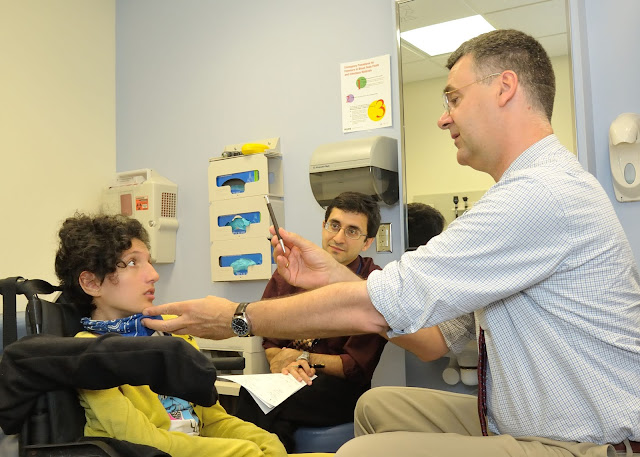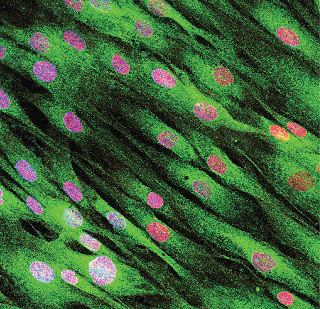USU, NIH Researchers Discover New Genetic Form of ALS
By Dillon Parker
An international team of researchers led by scientists at the Uniformed Services University (USU) and the National Institutes of Health (NIH), discovered a new and unique form of amyotrophic lateral sclerosis (ALS) in a study of 11 medical-mystery patients from around the world.
“ALS is a paralyzing and often fatal disease that usually affects middle-aged people. We found that a
genetic form of the disease can also threaten children. Our results show for the first time that ALS can be caused by changes in the way the body metabolizes lipids,” said Dr. Carsten Bönnemann, senior investigator at the NIH’s National Institute of Neurological Disorders and Stroke (NINDS) and a senior author of the study published in Nature Medicine.
The investigation began with Claudia Digregorio, a young woman from the Apulia region of Italy, whose case was so mysterious she received an in-person blessing from Pope Francis at the Vatican before she journeyed to the U.S. to be examined by Bönnemann and other NIH researchers. Examinations by the team revealed that she and the 10 others identified for the study had many of the hallmarks of ALS, including severely weakened or paralyzed muscles.
 |
| A scan of a childhood ALS patient's thigh. The scan shows signs that the muscle has atrophied. (Photo courtesy of NIH/NINDS) |
“Our results suggest that these ALS patients are essentially living without a brake on SPT activity,” said Dunn. “SPT is controlled by a feedback loop. When sphingolipid levels are high then ORMDL proteins bind to and slow down SPT. The mutations these patients carry essentially short circuit this feedback loop.”
The researchers began examining ways to “turn off” the mutant SPTLC1 and found preliminary evidence using skin cells that the introduction of small interfering strands of RNA can reduce SPTLC1 activity and restore sphingolipid levels to normal.
“These preliminary results suggest that we may be able to use a precision gene silencing strategy to treat patients with this type of ALS. In addition, we are also exploring other ways to step on the brake that slows SPT activity,” said Bonnemann. “Our ultimate goal is to translate these ideas into effective treatments for our patients who currently have no therapeutic options.”






